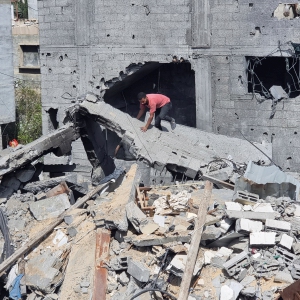Urges permit rejection for SoulFest in Northfield
| Published: 01-01-2023 5:29 PM |
Although Virginia and Howard Hastings detailed compelling and comprehensive logistical reasons about why Northfield is an inappropriate venue to host the massive Christian music festival SoulFest this summer (“My Turn: The Soul of Northfield,” Dec. 12), I want to add my voice as a former attendee of this event back when it was held at New Hampshire’s Gunstock Mountain Resort.
As a major regional ski and camping destination, Gunstock is designed to host thousands of people with minimal disruption to nearby residents and local infrastructure. It is also located near Lake Winnipesaukee and can rely on the resources of a region designed almost entirely around tourism, dispersing overflow guests to many nearby accommodations and restaurants. Even then, my experiences between 2007-2009 indicated that SoulFest pushed Gunstock to its capacity, with overcrowded campsites, inadequate on-site food, and unsanitary bathroom facilities.
Today, I can also look back on these experiences after 10 years working as an urban planning consultant. I truly cannot imagine how an event with this many people (over three times Northfield’s population) generating this much traffic and noise (11 a.m. to 11 p.m.) over multiple days can possibly be hosted on a modest school campus (maximum indoor auditorium capacity only 2,500) in a residential area with no established campground/sanitation infrastructure and located in a region unequipped for mass tourism.
The $1,500 permit fee SoulFest would pay the town of Northfield to help cover expenses is laughable —and does nothing to ease the burden on neighboring towns, whose resources will also be strained but who will have no say in the matter. That SoulFest started selling Northfield tickets before they even developed a permit proposal is evidence enough not to trust their planning abilities. I urge the Northfield Selectboard to reject this permit proposal and encourage residents to demand restrictions or relocation.
Angela Wheeler
University of Massachusetts Amherst Department of Architecture
]]>

 Pushback: Your home’s power plant could save our energy grid
Pushback: Your home’s power plant could save our energy grid My Turn: How to keep right on killing
My Turn: How to keep right on killing Anne R. George: City should help seniors keep their homes
Anne R. George: City should help seniors keep their homes Tom Peabody: Lucky to have Blake Gilmore
Tom Peabody: Lucky to have Blake Gilmore
